How Roadwork In England Revealed A Wooden Bronze Age Well
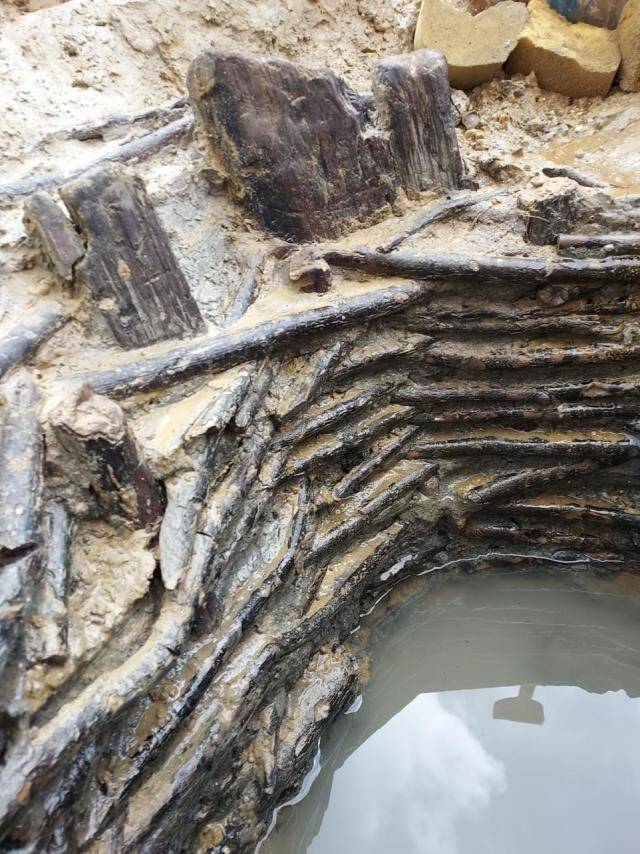
Oxford ArchaeologyThe interior of the Bronze Age well found in Oxfordshire.
During a routine archaeological survey in Oxfordshire, England, researchers made a surprising discovery. While examining a site ahead of planned roadwork, they stumbled across a 2,700-year-old wooden well.
The artifact was surprisingly well preserved — possibly because of the waterlogged soil around it — and was seemingly used by Bronze Age settlements that once existed nearby. Because traces of such settlements have been found in the area, archaeologists suspect that the well played a role in “agricultural irrigation” thousands of years ago.
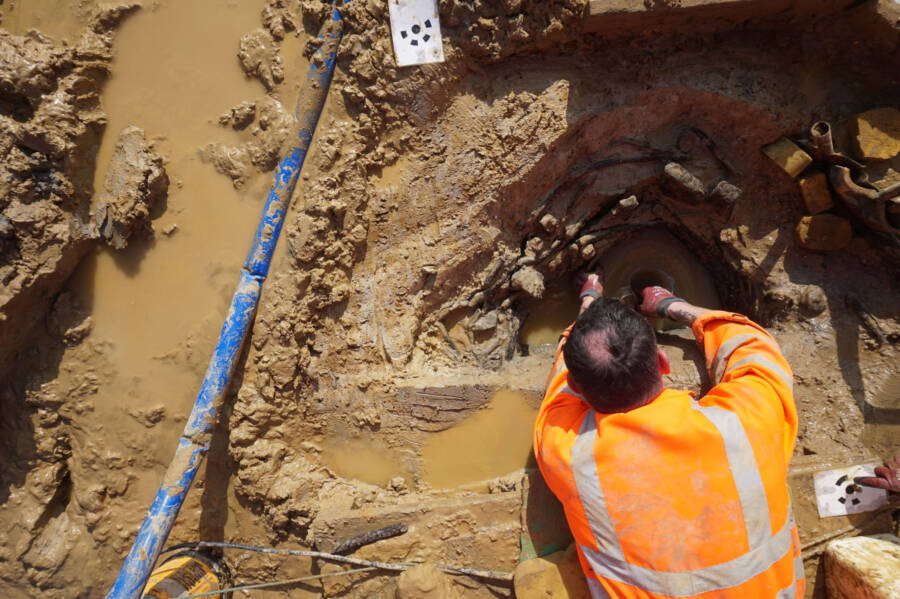
Oxfordshire County CouncilArchaeologists suspect that the well was used by nearby Bronze Age settlements 2,700 years ago.
And it’s not the only thing that the archaeologists found. They also uncovered struck flint, animal bone, and pottery used for storage and waste.
Because of the planned construction, the well was digitally recorded before being dismantled. Archaeologists plan to further study its wooden parts and the soil around it to learn more.
The 2,000-Year-Old Roman Coin Hoard That Was Possibly Hidden During A Pirate Attack
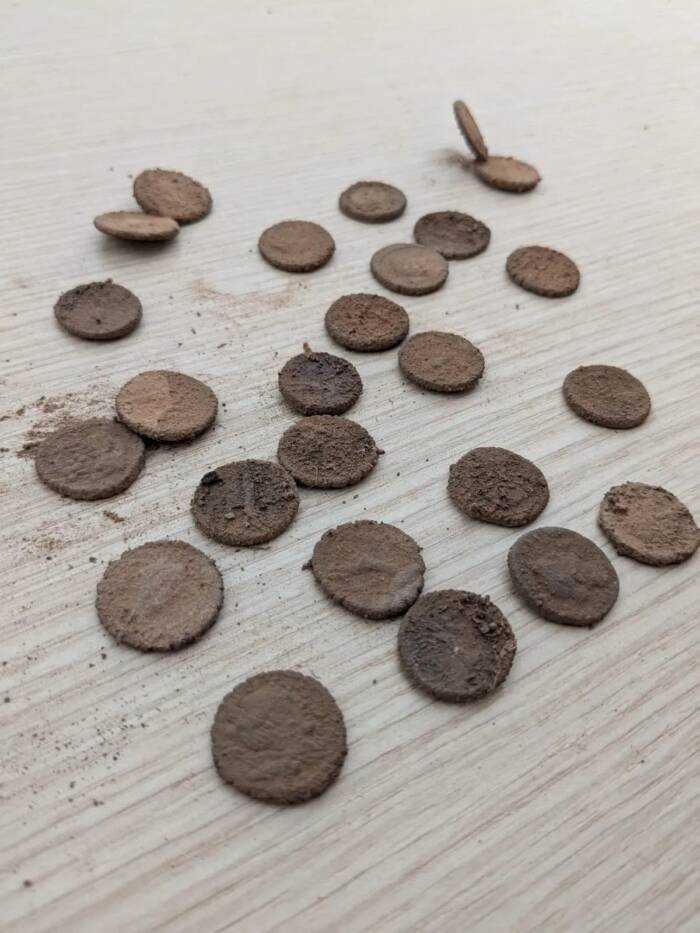
Ufficio Stampa Regione SiciliaThe coin hoard was uncovered near the spot where another coin hoard was found in 2010.
One of the most exciting history stories of 2024 came from the tiny island of Pantelleria between Sicily and Tunisia. This year, archaeologists stumbled upon a hoard of 27 Roman denarii that were possibly hidden there during a pirate attack.
The hoard was uncovered during a cleaning and restoration project of the Acropolis of Santa Teresa and San Marco on Pantelleria. But Mother Nature played a role, too. Some of the coins were discovered after they were exposed by heavy rains, and others were located beneath a boulder. Archaeologists determined that they were minted in Rome between 94 B.C.E. and 74 B.C.E.
So, how did they get there?
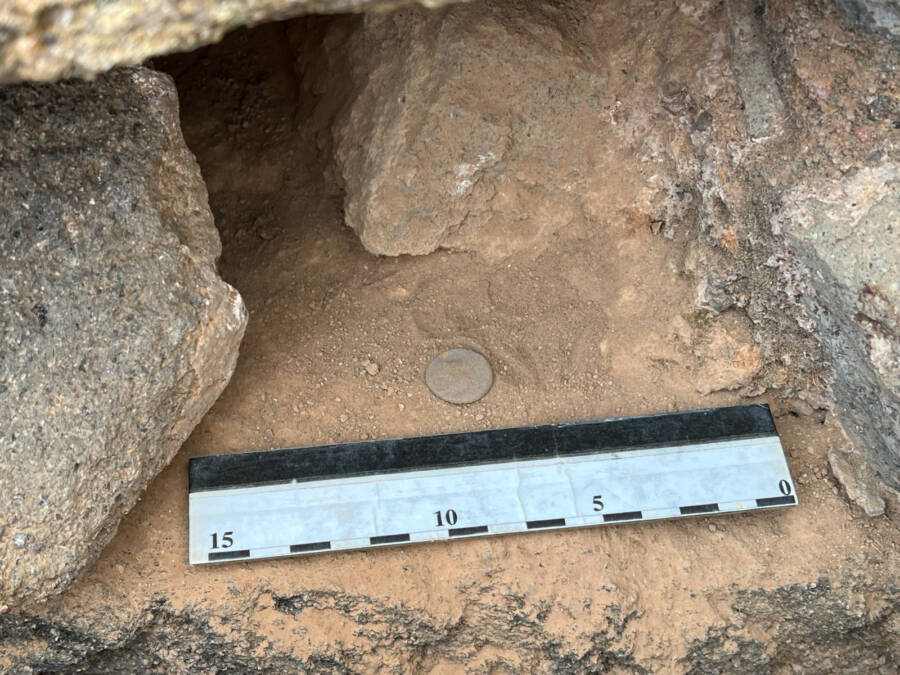
Ufficio Stampa Regione SiciliaSome of the coins were exposed after heavy rains, and some were found under a boulder.
This hoard — and another hoard of 107 coins found nearby in 2010 — were likely hidden during a pirate attack on Pantelleria some 2,000 years ago. Then, such attacks were frequent in the region, and the coins were probably hidden by their owner during one such raid.
The Chunk Of ‘Bog Butter’ Unearthed From Ireland’s Peatlands
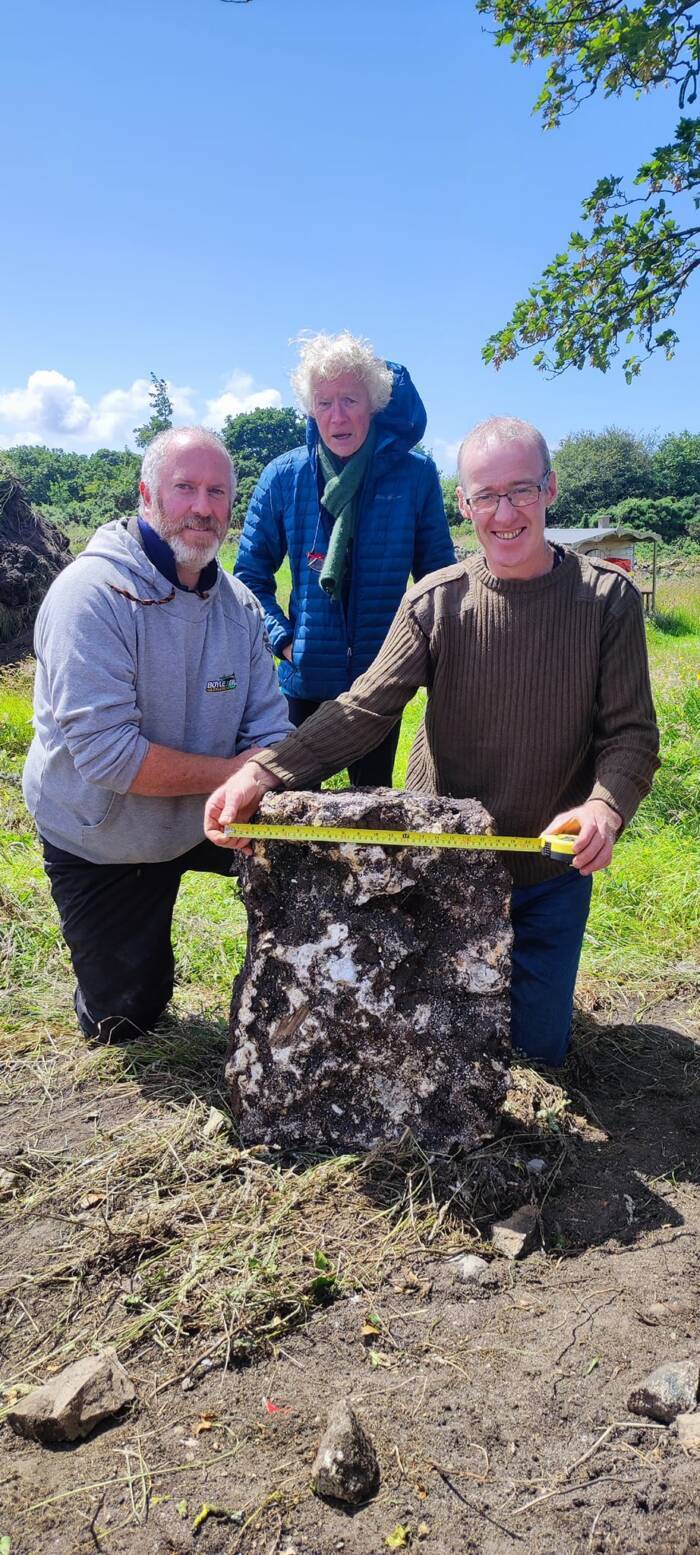
Think you are from Portnoo?/FacebookThe bog butter was found by accident on a farm in Donegal, Ireland.
Farmer Micheál Boyle was working on his farm in Donegal, Ireland, this year when he came upon a “white thing” in the ground that had a “salty, cheesy smell.” He’d accidentally unearthed a 50-pound chunk of bog butter that may date back as far as the Bronze Age.
What is bog butter? For thousands of years, farmers used the cool, low-oxygen environment of peat bogs to preserve butter. But ancient people also sometimes left butter in bogs as a way of giving an offering to local gods or spirits. And it’s possible that was the purpose behind the bog butter that Boyle found, as a small piece of wood stuck to the butter suggests it was once in a larger wooden container that has since disintegrated.
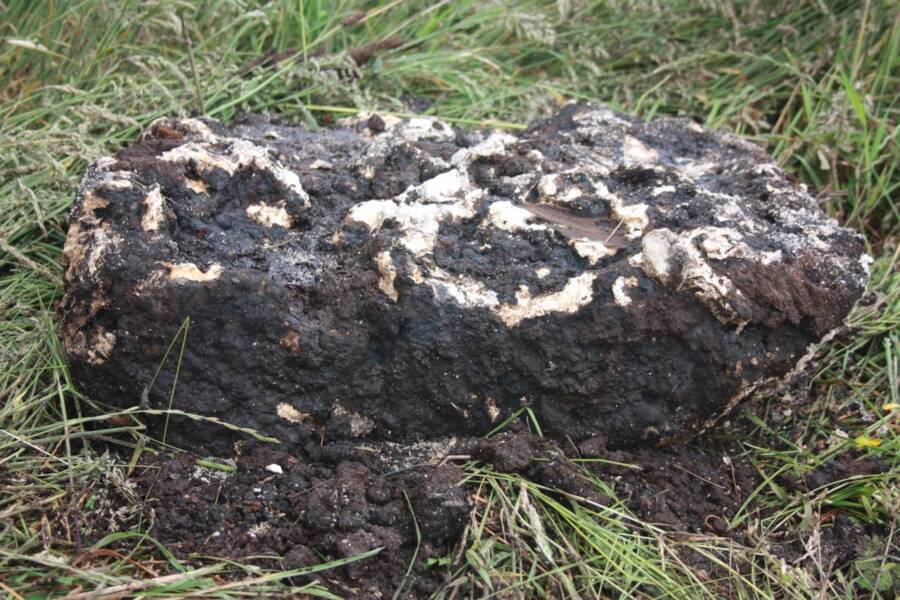
Think you are from Portnoo?/FacebookExperts think this bog butter might date back to the Bronze Age.
The National Museum of Ireland is analyzing the bog butter to learn more. But a local archaeologist analyzed it herself by eating a sliver, which she said tasted just like “unsalted butter.”
Indigenous Artifacts That Hint At The Fate Of The Lost Roanoke Colony
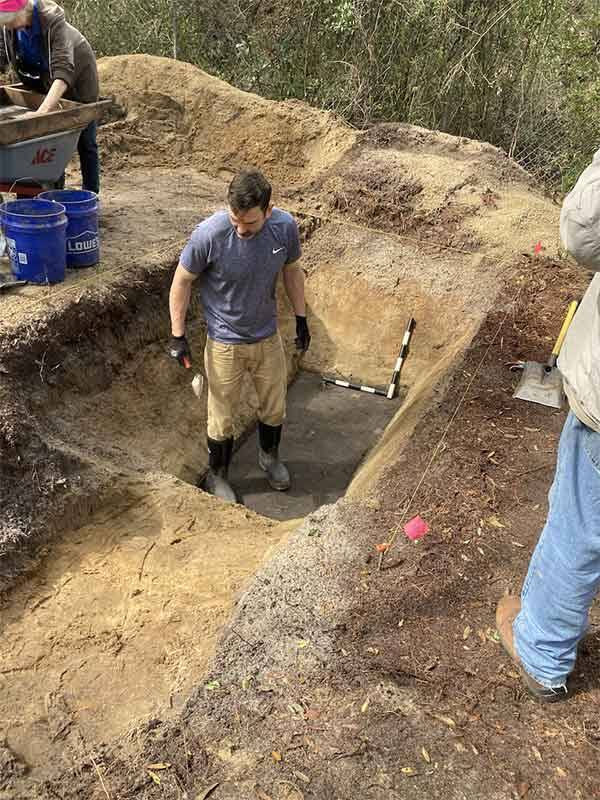
The First Colony FoundationExcavations have revealed traces of an Indigenous settlement that may have once traded with the settlers of Roanoke Colony.
In 1587, John White and 117 others established Roanoke Colony in modern-day North Carolina. It was meant to be England’s first permanent settlement in the New World. However, when White left the island colony to briefly return to England, he found it shockingly abandoned upon his return in 1590.
No one knows for sure what happened. However, a set of artifacts found on Roanoke Island may offer some clues.
During a recent excavation, archaeologists came across fragments of 16th-century Indigenous pottery and a ring of copper wire that had belonged to the Algonquian tribe. Because the Algonquians didn’t have the technology to make copper wire, the discovery suggests that they acquired it through trade — seemingly with the English settlers.
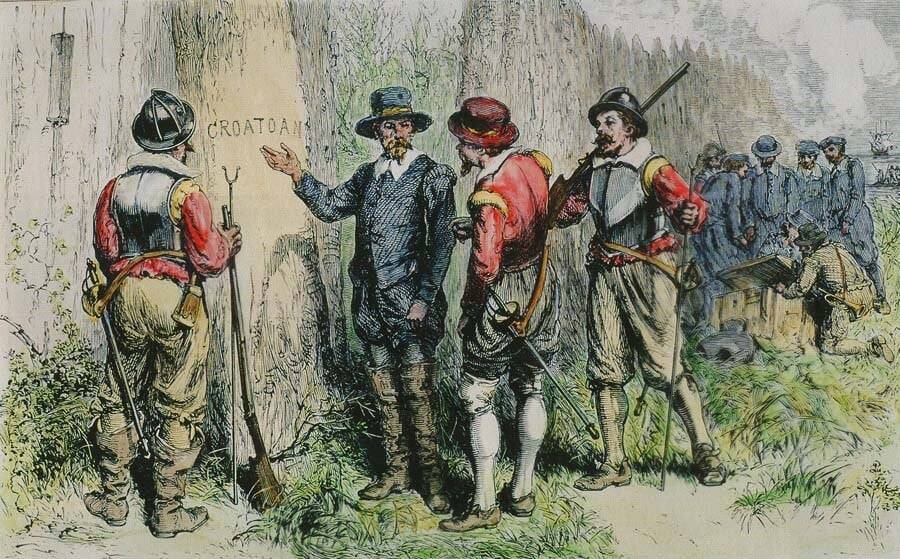
Public DomainWhen John White returned to Roanoke Island, he found his colony abandoned and the word “Croatoan” carved into a tree.
This suggests that the Algonquian people traded with the settlers of Roanoke Colony. Archaeologists are hopeful that these discoveries can help them locate the original site of the colony itself, as its exact location is unknown.





